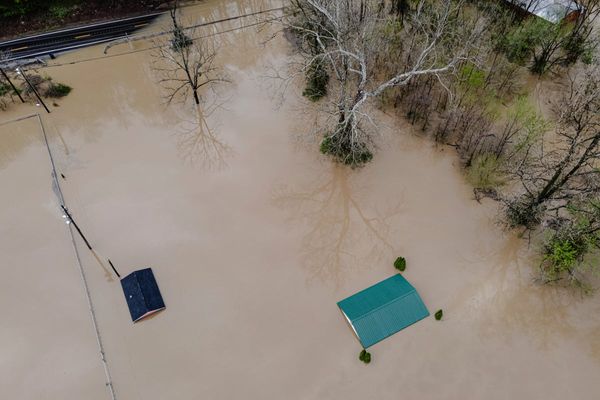
We are trying to look like global leaders in agricultural emissions reduction but we're taking no real steps ourselves, say Danika Hotham and Injy Johnstone, who were at COP27
Opinion: After the climate talks in Egypt, it's fair to say the world has strayed further from limiting global warming to 1.5C and closer to the dangerous consequences of ever-increasing temperatures.
It’s also fair to say New Zealand’s lack of ambition at COP27 was embarrassing. We even received a fossil of the day award for backtracking on a much-needed loss-and-damage mechanism.
New Zealand officials were on the ground in Egypt selling “New Zealand's story on agriculture". The problem? It’s not a good one. To paraphrase a fellow Kiwi observer at COP27, “what were we even doing there?”.
New Zealand has long talked up the "clean, green", "100% pure" greenwash, saying we’re leading the world in sustainable agriculture. At COP27, New Zealand's Climate Envoy said a major portion of our $1.3 billion in climate finance is going to climate smart agriculture. But before lecturing other countries on being 'climate smart', we have a lot to do at home.
Thanks to our agriculture sector, our methane emissions per person are among the highest in the world. Agriculture is responsible for half our total greenhouse gas emissions.
A major cause of this is the number of cows - we have twice as many cows (about 10 million) as people. This requires massive quantities of land. The more cows and pasture we have, the less native, carbon-storing forest we have.
Turning cleared land into green pasture also requires a lot of water and fertiliser. This process extracts astronomical amounts of water from our rivers, pollutes our waterways, and kills many of our freshwater species.
The fertiliser inputs we buy fund conflict in Western Sahara, and synthetic nitrogen fertilisers release nitrous oxide - an extremely powerful greenhouse gas. Emissions from fertiliser alone account for more emissions than all domestic flights within New Zealand.
It is clear New Zealand is definitely not a role model for ‘climate smart’ agriculture. In fact, because of our addiction to methane, we are all but alone in the world among countries that do not include the gas within a net-zero target.
New Zealand’s current policies on agriculture rely heavily on techno-fixes and false solutions. Even the farmers’ constituency at COP27 criticised New Zealand’s strategy, or the lack of it. They highlighted their desire to plant their farms and the banks of waterways with native plants, but New Zealand's current policies incentivise planting exotic pines instead.
We are trying so desperately to look like leaders in agricultural emissions reduction on the world stage while taking no real steps towards this goal at home.
The sad part is, the PR is working. Multiple events on the ground at COP27 referenced New Zealand as a leader in agriculture. In fact, an event in the last official week of COP27 highlighted New Zealand as an example to aspire to for its plans to price agricultural emissions.
The jump from this reputation to the reality at home is huge. Even New Zealand’s recent emissions reduction plan is filled with plans-to-make-plans on agriculture, but lacks the tools that will cut agricultural emissions, such as reducing herd numbers, and phasing out the synthetic nitrogen fertiliser and imported feed that prop up agricultural emissions.
The reality is, even if New Zealand achieves everything set out in this plan, which, based on our track record, is highly unlikely, agricultural emissions will only decrease a measly 1.66 percent by 2025. Tinkering around the edges like this just will not cut it.
So, what did New Zealand achieve at COP27? We promoted our focus on funding climate smart agriculture, without actually backing this up with policy. We promoted our action on pricing agricultural emissions, even though emissions reductions from these policies are miniscule. We again hid behind our ‘clean, green’ reputation while blowing out as much hot air as our cows do.
We need to confront the fact that truly climate smart agriculture involves a lot more plants and a lot less livestock.
COP27 was meant to be the time for implementation, the time for change. But on the ground in Egypt, it was hard to see the wood for the pine trees. Luckily, us Kiwis are renowned for our ingenuity. We know the answers: smaller herds, less fertiliser, less imported grain and more regenerative agriculture focused on a climate compatible diet.
It’s time for the Government to do its homework and catch up on the solutions to become truly ‘climate smart’.







